Welcome to OBC Issue 16, 2013!
This week’s front cover highlights the work of Atsushi Ikeda and co-workers at the Nara Institute of Science and Technology, Japan. They developed a photo-triggerable drug carrier based on cleavage of PEG lipids by photosensitiser fullerene derivatives. This interesting methodology has the potential to facilitate the development of novel liposomal drug carriers for use in biomedical research.
A photo-triggerable drug carrier based on cleavage of PEG lipids by photosensitiser-generated reactive singlet oxygen
Chikako Komeda, Atsushi Ikeda, Jun-ichi Kikuchi, Norihiro Ishida-Kitagawa, Hisashi Tatebe, Kazuhiro Shiozaki and Motofusa Akiyama
DOI: 10.1039/c2ob27199k
On the inside front cover is the work of Francisco Santoyo-Gonzalez and collegues at the University of Granada, Spain. They report an easy 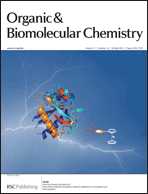 vinyl sulfone functionalisation of ferrocene derivatives which facilitates the preparation of a variety of versatile ferrocenylation reagents. Their methodology allows the facile preparation of a variety of conjugates and bioconjugates derivatives under mild conditions.
vinyl sulfone functionalisation of ferrocene derivatives which facilitates the preparation of a variety of versatile ferrocenylation reagents. Their methodology allows the facile preparation of a variety of conjugates and bioconjugates derivatives under mild conditions.
Vinyl sulfone-based ferrocenylation reagents: applications in conjugation and bioconjugation
Alicia Megia-Fernandez, Fernando Hernandez-Mateo and Francisco Santoyo-Gonzalez
DOI: 10.1039/c3ob27209e
Both articles can be read for free for the next 6 weeks!












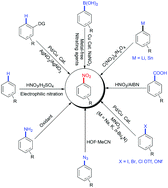

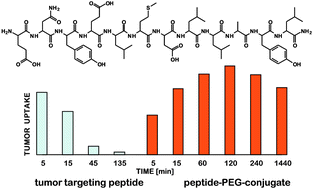


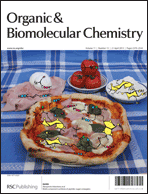



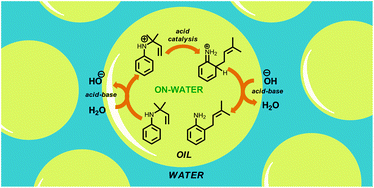
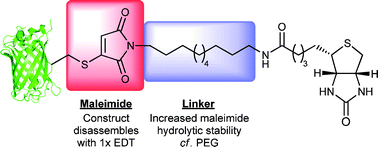
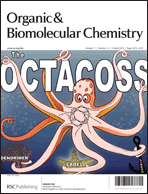


![Direct arylation of substituted imidazo[4,5-b]pyridines Direct C2-H arylation of 6- and 7-substituted imidazo[4,5-b]pyridines](https://blogs.rsc.org/ob/files/2013/03/GA4.gif)

